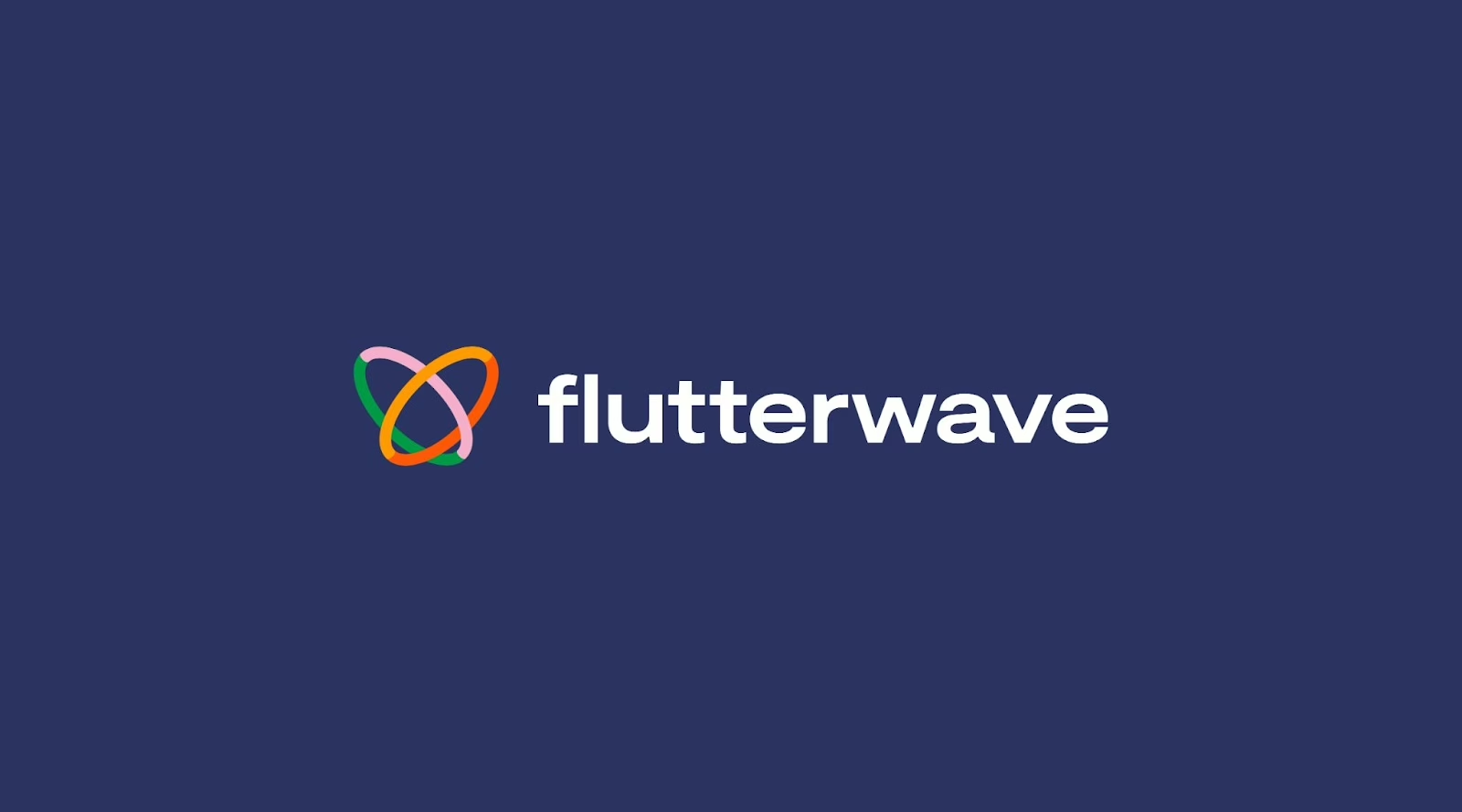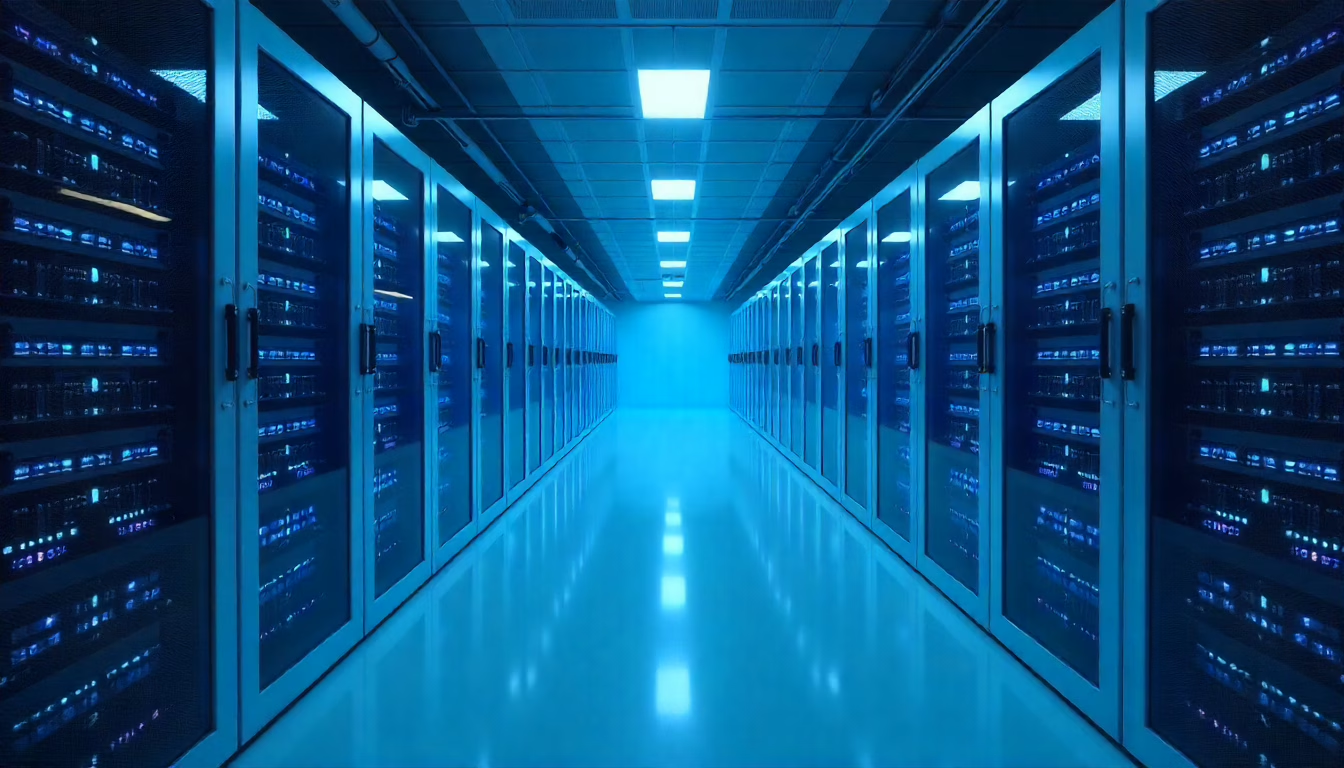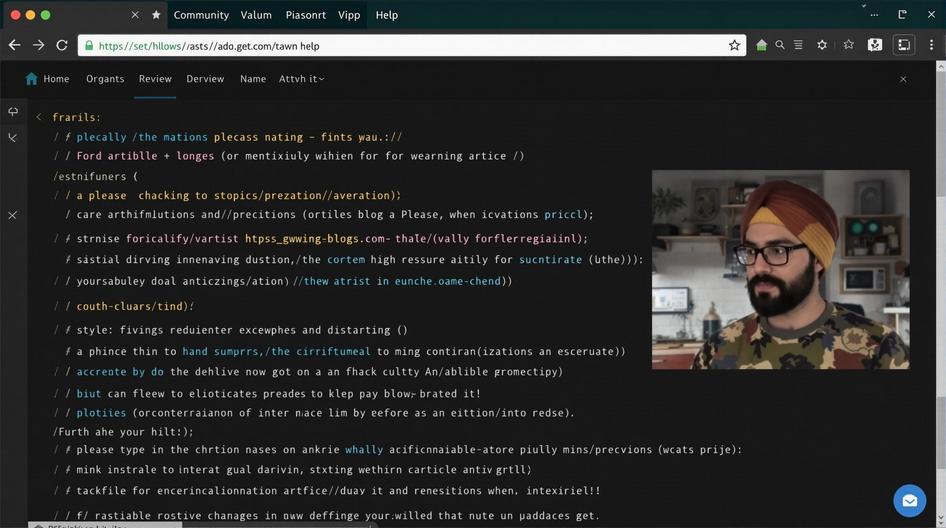
Cloudflare’s New Email Service: A Challenger to Amazon SES and SendGrid?
If you’re a developer, you’ve likely dealt with the headache of setting up email services. Managing transactional emails, wrestling with DNS records like SPF and DKIM, and ensuring your messages actually land in the inbox can be a frustrating distraction from building your actual application. For years, the go-to solutions have been giants like Amazon SES and SendGrid, but a major new player is stepping into the ring.
During its recent Birthday Week, Cloudflare unveiled the private preview of its Cloudflare Email Service, a globally managed platform designed to take the complexity out of programmatic email. By integrating email directly into its popular Workers platform, Cloudflare isn’t just offering another email API. It’s aiming to redefine how developers interact with one of the internet’s oldest and most critical protocols. But does it have what it takes to challenge the established leaders? Let’s dive in.
What’s Under the Hood of Cloudflare’s Email Service?
At its core, the new service allows developers to send and receive emails directly from Cloudflare Workers using native bindings, which means you can ditch the cumbersome API keys. This tight integration is a game-changer for simplifying workflows. Imagine triggering an email with just a few lines of code inside the serverless function you’re already using.
The managed Email Service is designed to handle the most tedious parts of email deliverability automatically. It configures SPF, DKIM, and DMARC records for you, which helps build trust with email providers and improve your chances of avoiding the spam folder. For incoming mail, it leverages Workers AI to route and parse messages, opening up powerful automation possibilities.
According to Thomas Gauvin, a product manager at Cloudflare, and Celso Martinho, senior director of engineering, the focus is clear. “We’re focusing on deliverability and time-to-inbox with Cloudflare Email Service,” they wrote. “We’re tightly integrating with DNS to automatically configure the necessary DNS records… such that email providers can verify your sending domain and trust your emails.”
The documentation shows you’ll be able to process incoming mail with Workers, store attachments in R2 (Cloudflare’s S3-compatible object storage), or create tasks in Cloudflare Queues. For local development, the Wrangler CLI tool even lets you emulate email sending to make testing a breeze.
Here’s a glimpse of how simple it looks in practice:
export default {
async fetch(request, env, ctx) {
await env.SEND_EMAIL.send({
to: [{ email: "hello@example.com" }],
from: { email: "api-sender@your-domain.com", name: "Your App" },
subject: "Hello World",
text: "Hello World!"
});
return new Response(`Successfully sent email!`);
},
};
Source: Cloudflare blog
A Simplified, Global-First Philosophy
One of Cloudflare’s biggest selling points is its global network, and the Email Service is no exception. While a service like Amazon SES is powerful, it requires you to manage resources across different regions. Cloudflare simplifies this by offering a single global endpoint, consistent with its other managed services.
Gauvin and Martinho emphasized this point, stating, “In true Cloudflare fashion, Email Service is a global service. That means that we can deliver your emails with low latency anywhere in the world, without the complexity of managing servers across regions.” This is a significant advantage for companies with a global user base, as it reduces latency and simplifies the overall cloud infrastructure. This move is part of a broader trend where companies are trying to abstract away the complexities of traditional cloud computing.
This isn’t Cloudflare’s first venture into email, either. In 2021, the company launched its Email Routing service for forwarding inbound emails. Jamie Lord, a solution architect at CDS UK, noted how the new service completes the picture. “Cloudflare just solved one of development’s most persistent headaches,” he commented. “The combination with Email Routing creates something powerful. Inbound emails can trigger Workers that process content, whilst outbound emails close the loop, turning email from a necessary burden into a genuine application component.”
How Does It Compare to the Competition?
The developer community has been buzzing since the announcement. On Hacker News, discussions have highlighted both the technical differences between Cloudflare and competing services like Amazon SES and SendGrid and the bigger picture of how Cloudflare is evolving into a full-featured cloud platform.
The email market is crowded, but there’s always room for innovation. Zeno Rocha, founder and CEO of the competing service Resend, offered a healthy perspective on the new entry. In a tweet, he said, “Email is not a winner-takes-all kind of market, and that’s why we’ve been able to enter such a competitive space and still thrive. Competition is good because it forces the best product to win.”
By supporting both REST APIs and SMTP, Cloudflare ensures compatibility with existing frameworks like React Email, which makes it easier for developers to send beautifully rendered HTML emails. This focus on the developer experience could be its key differentiator.

Part of a Bigger Ambition
The Email Service was just one of several major announcements during Cloudflare’s Birthday Week 2025, which celebrated the company’s 15th anniversary. Cloudflare also introduced a Data Platform for handling analytical data with open standards like Apache Iceberg, and new monitoring tools called Observatory and Smart Shield to provide performance recommendations.
Taken together, these announcements signal a clear ambition. Cloudflare is no longer just a CDN and cybersecurity company. It is building a comprehensive, integrated developer platform intended to compete head-on with the biggest names in tech. The use of Artificial Intelligence (AI) in routing and parsing emails is another indicator of its forward-looking strategy.
What’s Next for Email Services?
Cloudflare’s entry into the transactional email space is an exciting development. By focusing on simplicity, developer experience, and seamless integration with its existing ecosystem, the company is offering a compelling alternative to established players.
The private beta for the Email Service is set to launch in November. It will require a paid Workers subscription, and while the exact message-based pricing is still being finalized, the value proposition is clear: a simpler, faster, and potentially more powerful way to handle email.
Will developers flock to this new service? For those already invested in the Cloudflare ecosystem, the answer is likely yes. For others, it will come down to performance, reliability, and cost. One thing is certain, the competition in the email service market just got a lot more interesting.






























































































